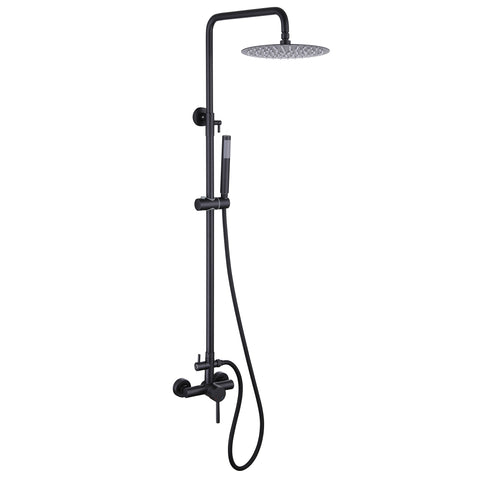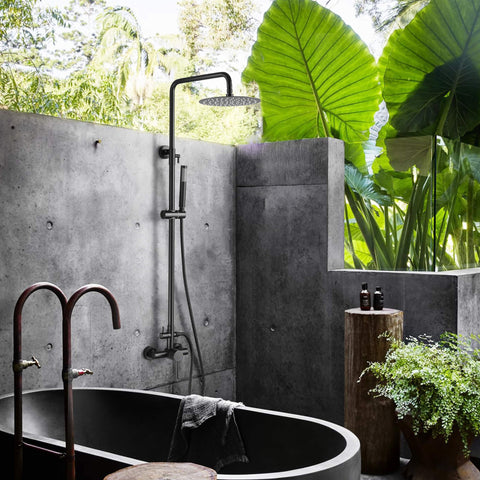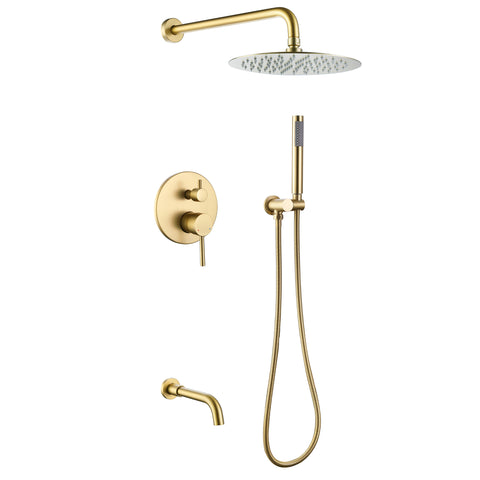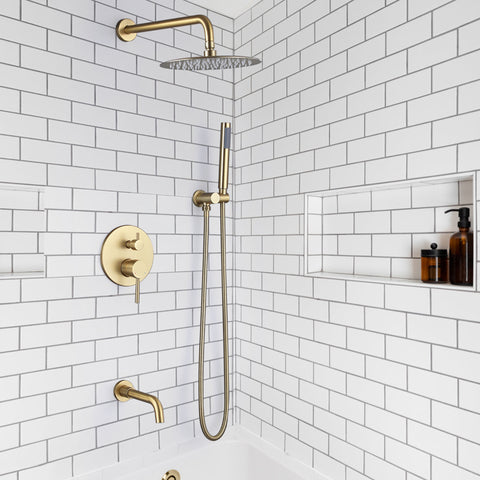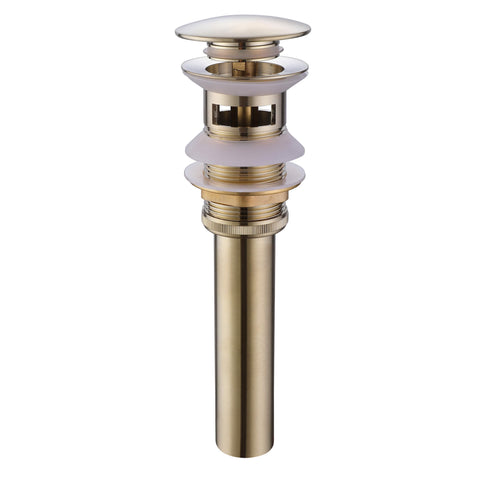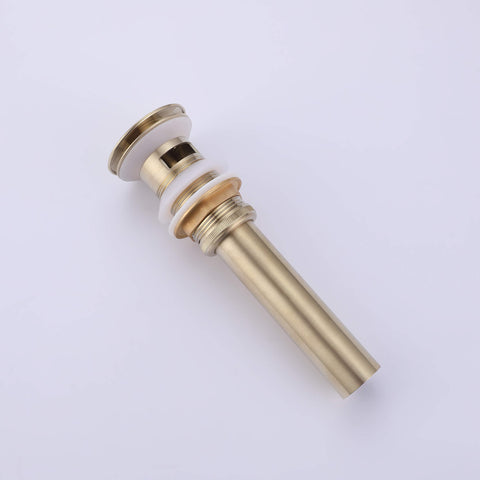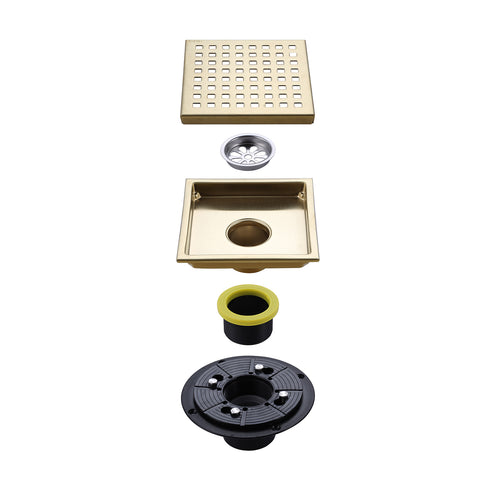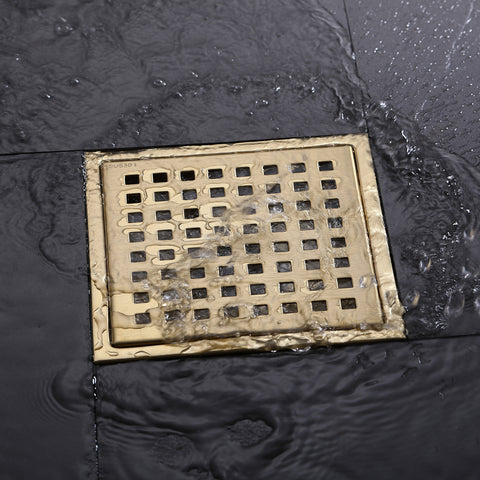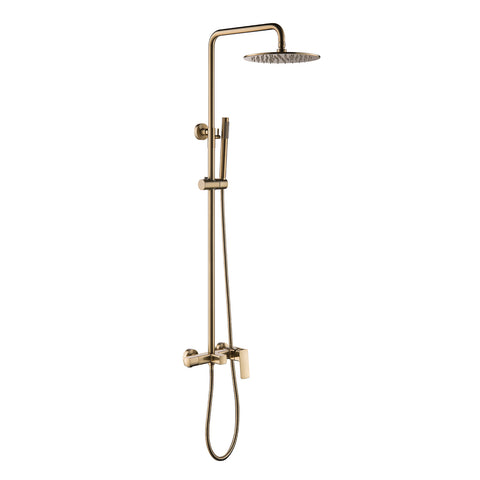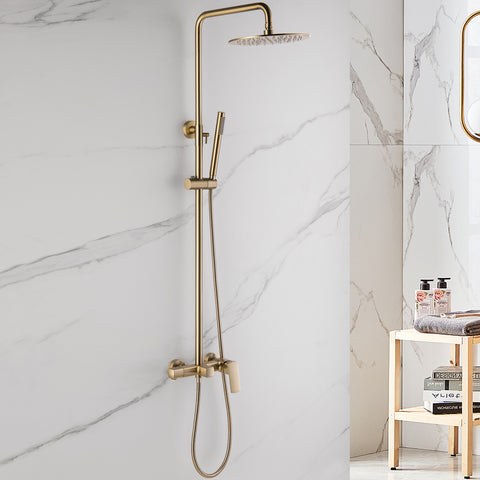What is the Difference Between a Soaking Tub and a Freestanding Tub?
When remodeling a bathroom or designing a new one, choosing the right bathtub is crucial for both function and aesthetics. Among the most popular types are soaking tubs and freestanding tubs. While these terms are sometimes used interchangeably, they refer to different features and design intents. Understanding their distinctions can help you make a better, more personalized choice.
1. Definition and Purpose
Soaking Tub:
A soaking tub is designed for full-body immersion, allowing users to soak comfortably in deep water. The primary focus is on relaxation and hydrotherapy. These tubs typically feature greater depth than standard bathtubs and may come in various shapes—oval, rectangular, or even Japanese-style.
Freestanding Tub:
A freestanding tub is defined by its placement and design. Unlike built-in tubs that are fixed against a wall or enclosed in a frame, freestanding tubs stand alone and are finished on all sides. They are often used as a statement piece in the bathroom due to their sculptural, elegant appearance.
2. Key Differences
| Feature | Soaking Tub | Freestanding Tub |
|---|---|---|
| Purpose | Deep soaking and full-body immersion | Aesthetic appeal and flexible placement |
| Design Focus | Depth and comfort | Shape and style (clawfoot, slipper, modern) |
| Placement | Can be alcove, drop-in, or freestanding | Always standalone |
| Water Depth | Typically deeper than standard tubs | Can be shallow or deep, depending on the model |
| Materials | Often acrylic, enameled steel, or stone resin | Same materials, but more design-driven |
| Installation | May require custom framing or under-mounting | Requires floor space and floor-mounted plumbing |
3. Can a Tub Be Both?
Yes—many freestanding tubs are also soaking tubs, and vice versa. The terms describe different attributes:
- “Soaking” refers to function (deep bathing experience).
- “Freestanding” refers to form (placement and aesthetics).
For example, a freestanding Japanese-style soaking tub combines both traits: it offers deep immersion while standing elegantly in the center of the room.
4. Which One Should You Choose?
Choose a soaking tub if:
- You prioritize relaxation and therapeutic bathing.
- You have limited space but want a luxurious feel.
- You prefer a tub integrated into a minimalist or spa-like design.
Choose a freestanding tub if:
- You want your tub to be the visual focal point.
- You have ample floor space and flexible plumbing options.
- You lean toward modern, classic, or transitional bathroom aesthetics.
For the best of both worlds, look for freestanding soaking tubs—a popular hybrid that delivers both function and flair.
Final Thoughts
When comparing soaking tubs and freestanding tubs, the key is understanding that one defines experience while the other defines form. Your ideal choice depends on how you balance comfort, style, space, and budget. Whether you're seeking serene soaks or a showpiece for your master bath, there's a perfect tub out there to elevate your bathroom into a true retreat.
FAQs About Bathtubs
What is the difference between a soaking tub and a freestanding tub?
A soaking tub is deeper and intended for full-body immersion, focusing on relaxation. A freestanding tub refers to its installation style—it stands alone and often serves as a centerpiece in bathroom design.
Can a bathtub be both soaking and freestanding?
Yes. Many freestanding tubs are designed for soaking, offering both visual appeal and therapeutic comfort.
Which is better for small bathrooms—a soaking tub or freestanding tub?
A compact soaking tub may be more space-efficient, but certain small freestanding tubs also fit well. The key is checking the dimensions and depth relative to your available floor space.
